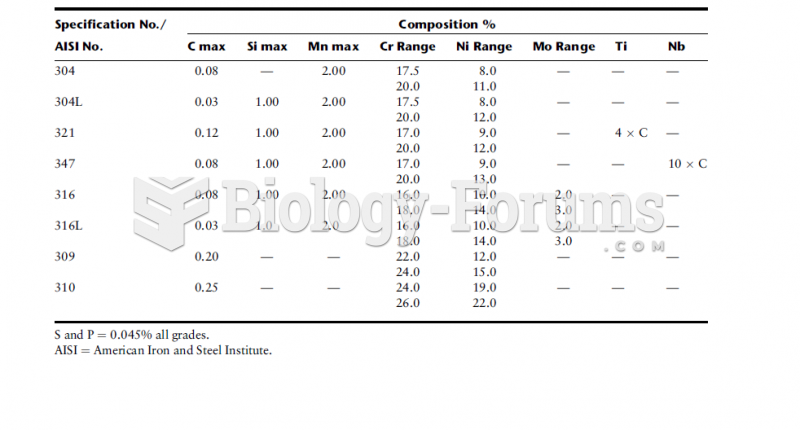Answer to Question 1
Answer: The two principal inputs in steel production are iron ore and coal. Steelmaking is a bulk-reducing industry that traditionally located to minimize the cost of transporting these two inputs. The distribution of steelmaking in the United States demonstrates that when the source of inputs or the relative importance of inputs changes, the optimal location for the industry changes.
In the mid-nineteenth century, the U.S. steel industry was concentrated around Pittsburgh in southwestern Pennsylvania, where iron ore and coal were both mined. The area no longer has steel mills, but it remains the center for research and administration.
In the late nineteenth century, steel mills were built around Lake Erie, in the Ohio cities of Cleveland, Youngstown, and Toledo, and near Detroit, Michigan. The locational shift was largely influenced by the discovery of rich iron ore in the Mesabi Range, a series of low mountains in northern Minnesota. This area soon became the source for virtually all iron ore used in the U.S. steel industry. The ore was transported by way of Lake Superior, Lake Huron, and Lake Erie, and it was smelted in furnaces burning coal shipped from Appalachia by train.
In the early twentieth century, most new steel mills were located near the southern end of Lake Michigan. The main raw materials continued to be iron ore and coal, but changes in steelmaking required more iron ore in proportion to coal. Thus, new steel mills were built closer to the Mesabi Range to minimize transportation costs. Coal was available from nearby southern Illinois, as well as from Appalachia.
In the mid-twentieth century, most large U.S. steel mills built during the first half of the twentieth century were located in communities near the East and West coasts, including Baltimore, Los Angeles, and Trenton, New Jersey. These coastal locations partly reflected further changes in transportation costs. Iron ore increasingly came from other countries, especially Canada and Venezuela, and locations near the Atlantic and Pacific oceans were more accessible to those foreign sources. Further, scrap iron and steel, widely available in the large metropolitan areas of the East and West coasts, had become an important input in the steel-production process.
Finally, in the late twentieth century, many steel mills in the United States closed. The shift was a reflection of the restructuring of the steel industry with major production going overseas to such countries as China, India, and South Korea. Most of the surviving steel mills in the U.S. were around southern Lake Michigan and along the East Coast.
Answer to Question 2
Answer: TRUE







